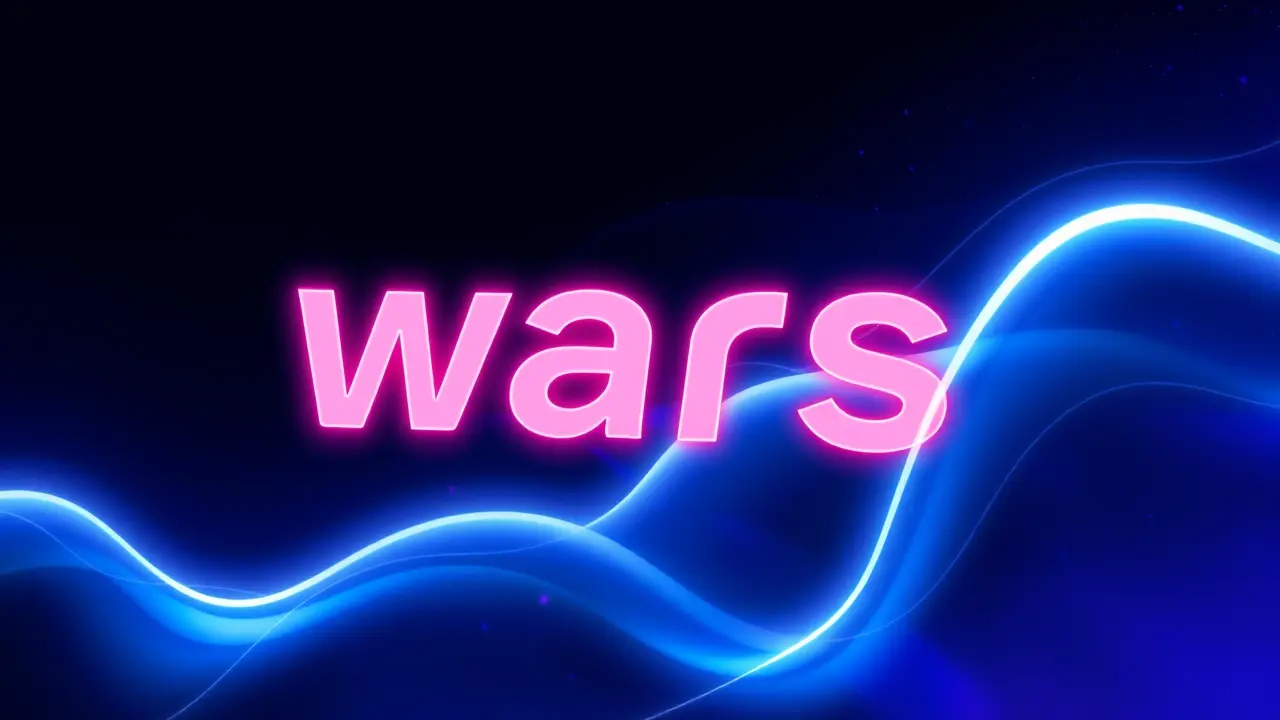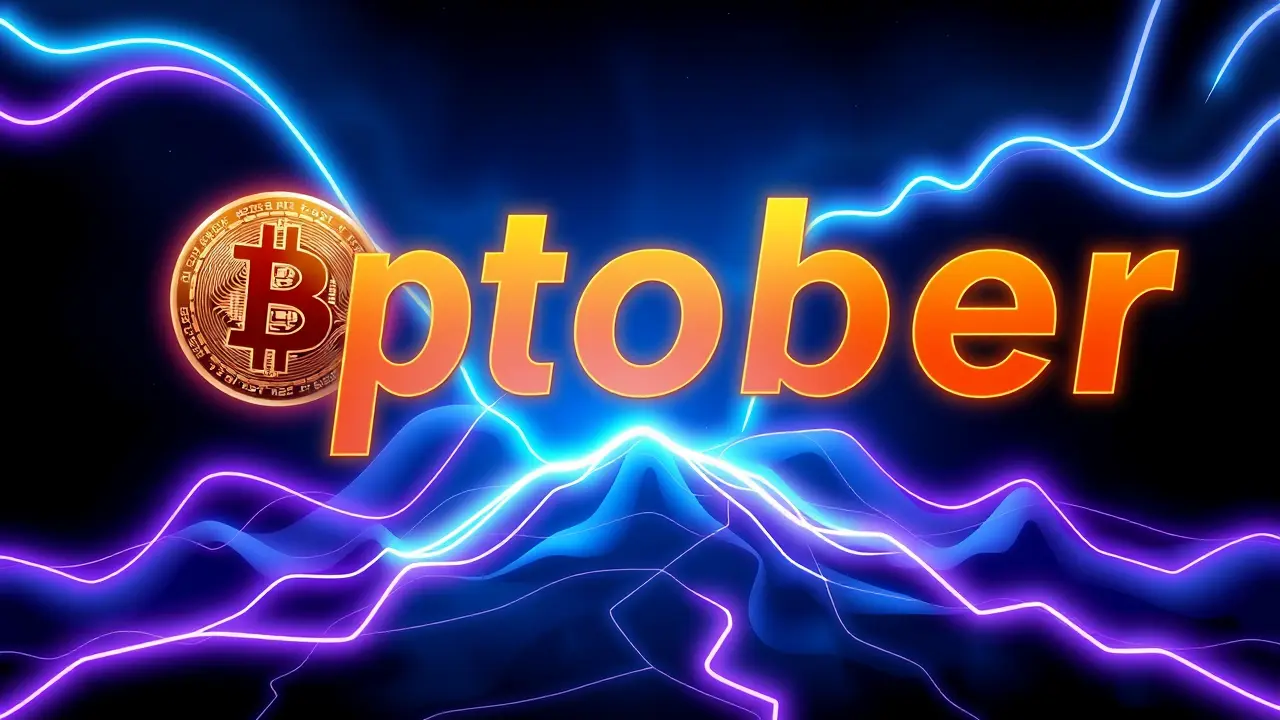- News
- crypto
- Standard Chartered sees tokenized real-world assets reaching $2 trillion by 2028 — ‘vast majority’ on Ethereum

CryptoethereumInstitutional Use
Standard Chartered sees tokenized real-world assets reaching $2 trillion by 2028 — ‘vast majority’ on Ethereum
CH
Chloe Evans
3 days ago7 min read
In a bold pronouncement that sends a clear signal about the future architecture of digital finance, Standard Chartered’s head of digital assets research, Geoffrey Kendrick, has projected that the market for tokenized real-world assets (RWAs) will surge to a staggering $2 trillion by 2028, with the ‘vast majority’ of this value being built and settled on the Ethereum blockchain. This forecast isn't merely a number plucked from the air; it's a fundamental bet on the network effects and security that have made Ethereum the de facto global settlement layer for the next generation of finance, a realm often called TradFi 2.0. Kendrick’s assertion that 'the fact that other chains are faster or cheaper is irrelevant, in our view' cuts directly against the grain of a popular narrative in the crypto space, which often prioritizes transaction speed and low cost above all else.This perspective, coming from a 160-year-old financial institution with deep roots in both Asian and African markets, carries a weight that anonymous crypto Twitter accounts simply cannot match. It suggests that for the titans of traditional finance, the paramount considerations when dealing with billions in bonds, real estate, and commodities are not raw throughput, but rather unparalleled security, deep liquidity, a robust and battle-tested developer ecosystem, and a level of decentralization that inspires institutional confidence.Ethereum, despite its sometimes higher gas fees, has consistently demonstrated its resilience and capacity for innovation through major upgrades like The Merge, which transitioned it to an energy-efficient proof-of-stake consensus mechanism, a move that itself made the network more palatable to ESG-conscious institutional investors. The trajectory for RWA tokenization has been building steadily, moving from a niche concept to a central pillar of the crypto-meets-finance thesis.We've seen this play out with the explosive growth of U. S.Treasury bill tokenization, where protocols like Ondo Finance and Maple Finance have brought traditionally stodgy government debt onto the blockchain, offering transparent, 24/7 yield to a global investor base. This is just the tip of the iceberg.The logical next steps involve tokenizing everything from private equity and venture capital funds—democratizing access to asset classes previously reserved for the ultra-wealthy—to commercial real estate, where property ownership can be fractionalized, making it liquid and accessible. Even commodities like gold, oil, and fine art are ripe for this disruption.The implications are profound, promising to unlock trillions in currently illiquid capital, streamline antiquated settlement processes that can take days in TradFi, and create a new, composable financial system where a tokenized warehouse receipt for coffee in Brazil can be used as collateral for a loan in Singapore within minutes. However, the path to this $2 trillion future is not without its significant hurdles.Regulatory clarity remains the single largest obstacle. How will jurisdictions like the United States Securities and Exchange Commission (SEC) or the UK's Financial Conduct Authority (FCA) classify these tokenized assets? Will they be treated as securities, commodities, or something entirely new? The evolving regulatory frameworks in the European Union with MiCA (Markets in Crypto-Assets) and in Hong Kong, which is aggressively courting digital asset businesses, will provide critical blueprints.Furthermore, the technological challenge of ensuring a seamless bridge between the legal rights of ownership in the physical world and the digital representation on the blockchain is immense; a token for a building is worthless if the legal system doesn't recognize its holder as a legitimate owner. This is where the role of oracles and trusted legal intermediaries becomes crucial.Standard Chartered's endorsement of Ethereum as the primary venue for this revolution is a massive vote of confidence, but it doesn't entirely preclude a multi-chain future. We may see a hub-and-spoke model emerge, where Ethereum acts as the supreme court for final settlement and high-value transactions, while layer-2 scaling solutions like Arbitrum, Optimism, and Base, or even other chains with specific institutional backing like JPMorgan's Onyx, handle the higher-volume, lower-value transactions.Yet, Kendrick's core argument holds: the network with the strongest security, the most developers, and the most proven track record will attract the most valuable assets. It's the financial equivalent of choosing to store your gold in Fort Knox rather than a lightly guarded warehouse, even if the latter offers cheaper storage fees. The race for the soul of the future financial system is on, and with this projection, Standard Chartered has placed a multi-trillion-dollar bet that Ethereum's first-mover advantage and relentless evolution will be the bedrock upon which the new global economy is built.
#featured
#tokenized assets
#real-world assets
#ethereum
#standard chartered
#institutional adoption
#rwa
#blockchain finance
Stay Informed. Act Smarter.
Get weekly highlights, major headlines, and expert insights — then put your knowledge to work in our live prediction markets.
Related News
© 2025 Outpoll Service LTD. All rights reserved.













